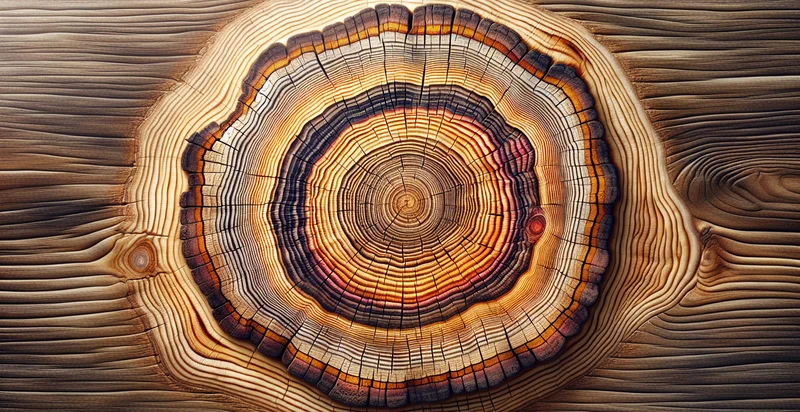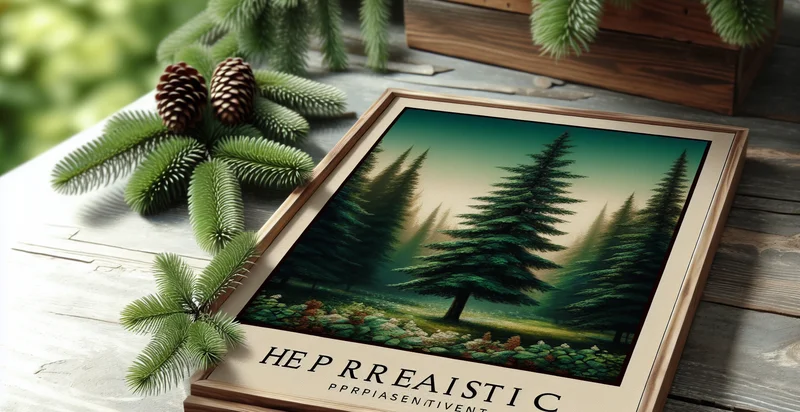Identify how old a tree is by rings
using AI
Below is a free classifier to identify how old a tree is by rings. Just upload your image, and our AI will predict how old a tree is based on its rings - in just seconds.

Contact us for API access
Or, use Nyckel to build highly-accurate custom classifiers in just minutes. No PhD required.
Get started
import nyckel
credentials = nyckel.Credentials("YOUR_CLIENT_ID", "YOUR_CLIENT_SECRET")
nyckel.invoke("how-old-a-tree-is-by-rings", "your_image_url", credentials)
fetch('https://www.nyckel.com/v1/functions/how-old-a-tree-is-by-rings/invoke', {
method: 'POST',
headers: {
'Authorization': 'Bearer ' + 'YOUR_BEARER_TOKEN',
'Content-Type': 'application/json',
},
body: JSON.stringify(
{"data": "your_image_url"}
)
})
.then(response => response.json())
.then(data => console.log(data));
curl -X POST \
-H "Content-Type: application/json" \
-H "Authorization: Bearer YOUR_BEARER_TOKEN" \
-d '{"data": "your_image_url"}' \
https://www.nyckel.com/v1/functions/how-old-a-tree-is-by-rings/invoke
How this classifier works
To start, upload your image. Our AI tool will then predict how old a tree is based on its rings.
This pretrained image model uses a Nyckel-created dataset and has 22 labels, including 1-5 Years, 11-15 Years, 16-20 Years, 21-25 Years, 26-30 Years, 31-35 Years, 36-40 Years, 41-45 Years, 46-50 Years and 51-55 Years.
We'll also show a confidence score (the higher the number, the more confident the AI model is around how old a tree is based on its rings).
Whether you're just curious or building how old a tree is by rings detection into your application, we hope our classifier proves helpful.
Related Classifiers
Need to identify how old a tree is by rings at scale?
Get API or Zapier access to this classifier for free. It's perfect for:
- Forest Management: This function can aid forest managers in determining the age of trees in a forest ecosystem. By classifying tree rings, managers can make informed decisions about sustainable harvesting and ensuring the health of the forest.
- Carbon Credit Verification: Organizations engaging in carbon credit programs can use this identification function to verify the age and biomass of trees. Accurate age data can support claims for carbon offsets, promoting transparency and accountability in carbon trading markets.
- Historical Ecology Studies: Researchers in ecology can utilize this tool to study historical growth patterns of trees. By analyzing tree rings, they can glean insights into past climate conditions and ecological changes over time, contributing to a better understanding of environmental sustainability.
- Urban Planning: City planners can employ this identification tool to assess the age of trees in urban environments. This information is valuable for planning urban green spaces, ensuring that there is a balance between new plantings and the preservation of mature trees.
- Real Estate Development: Real estate developers can use the function to evaluate the age of trees on potential development sites. Understanding the age and health of existing trees can inform decisions about landscaping, conservation requirements, and compliance with local regulations.
- Educational Programs: Educational institutions can implement this technology in programs focused on environmental science and forestry. By using tree ring analysis, students can learn about dendrochronology, ecology, and the impact of age on biodiversity.
- Timber Industry Assessment: The timber industry can benefit from this identification function when assessing the maturity of trees before harvesting. Accurately classifying tree age ensures sustainable logging practices and helps in determining the quality and value of timber products.


